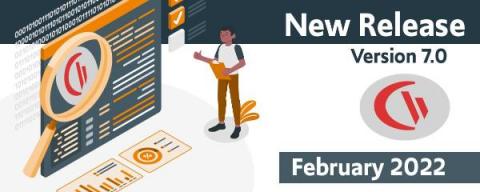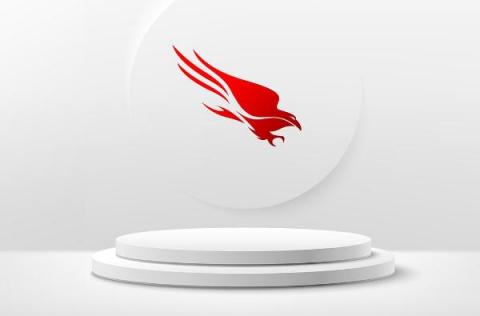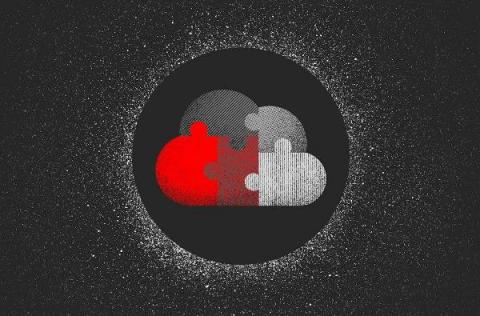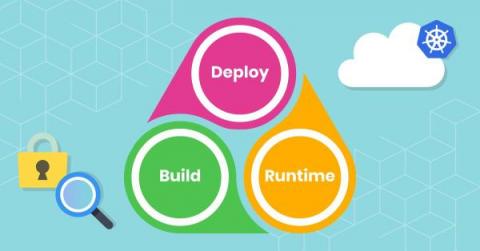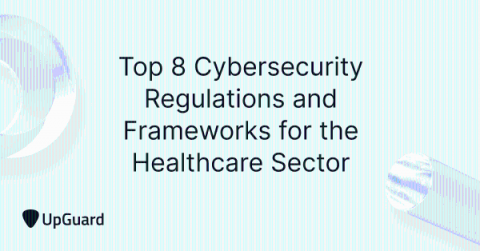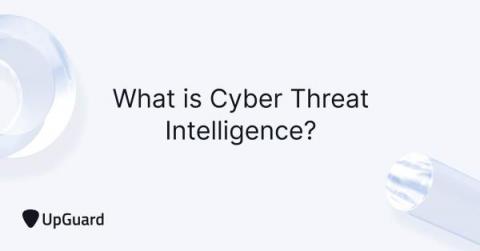AccessPatrol Dashboards & BrowseReporter Idle Time Alerts (v7.0)
CurrentWare version 7.0 is here! Here are the most exciting features that we’d love to highlight. CurrentWare 7.0 is fully compatible with Windows 11. Learn more about the changes in version 7.0 in the release notes


